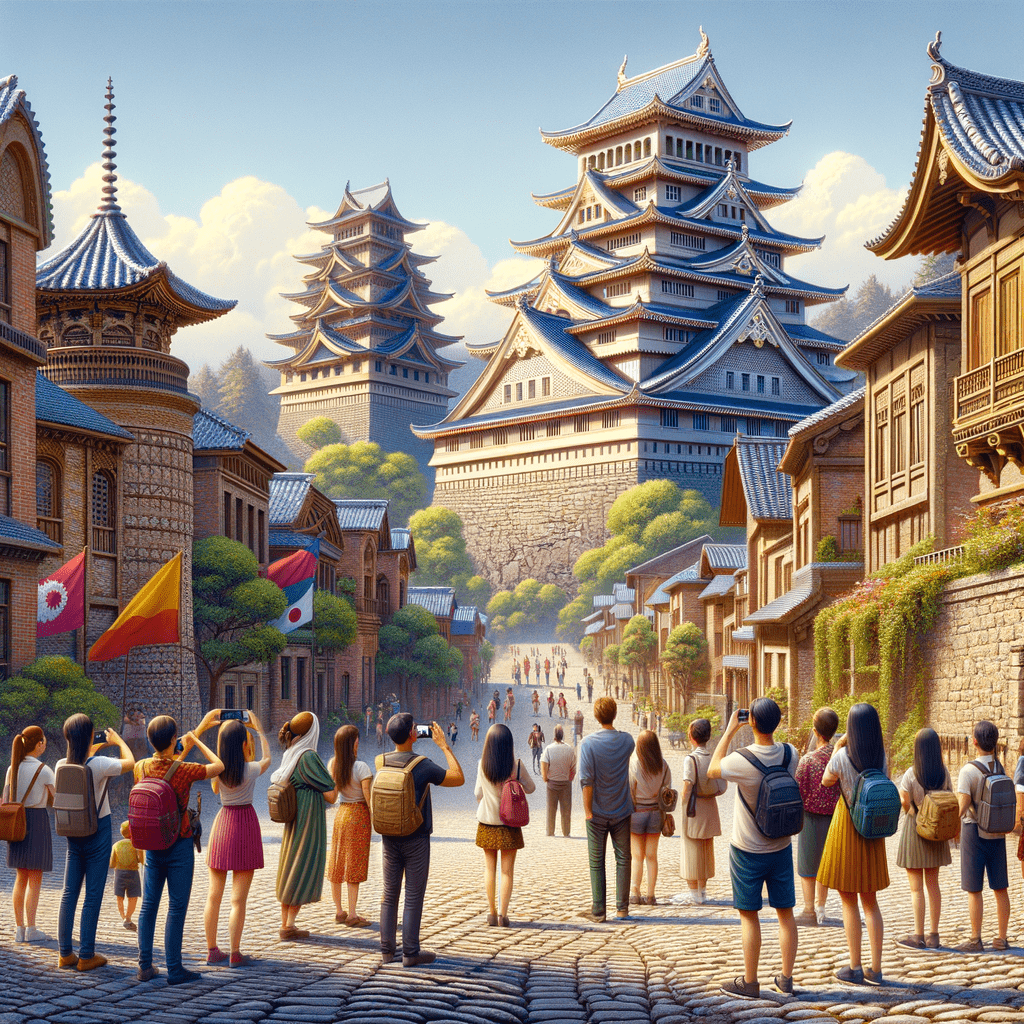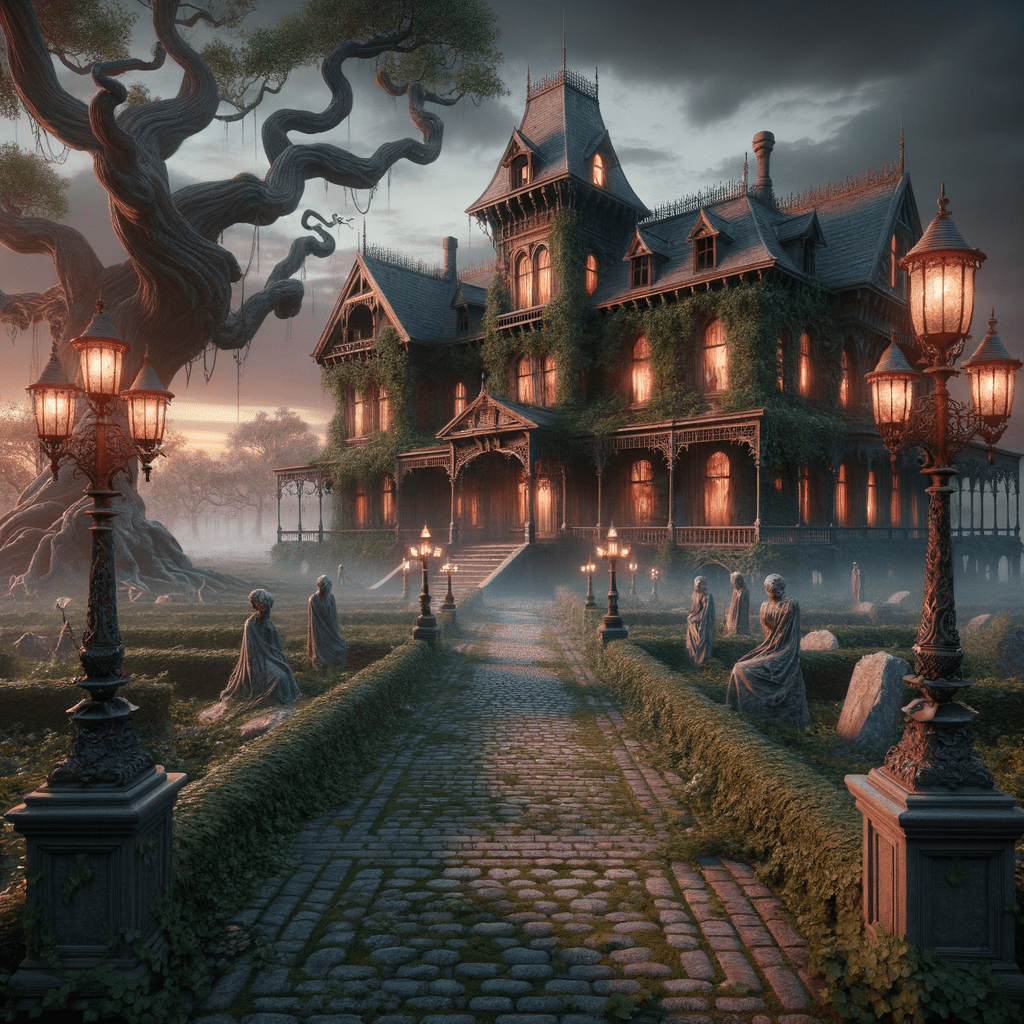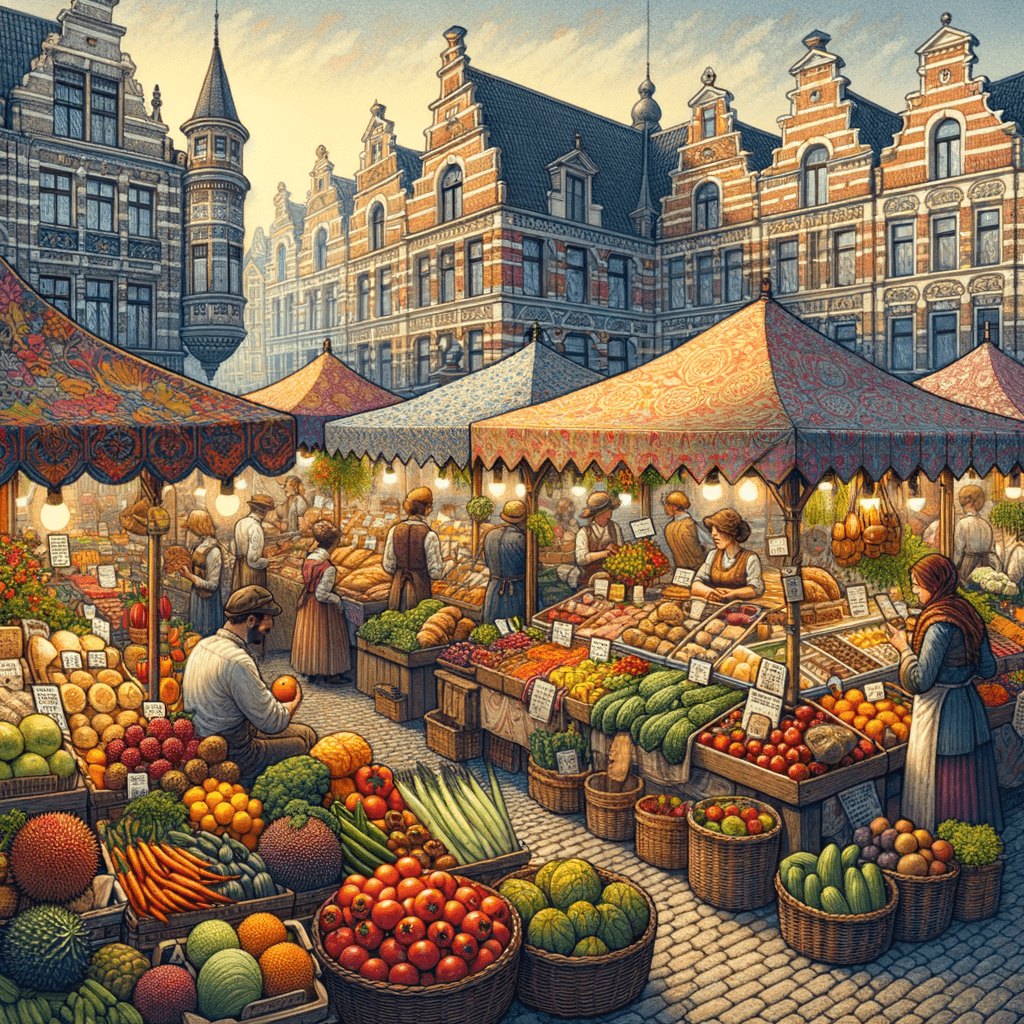So, here’s the thing. I’ve always been fascinated by history. It’s like this gigantic, colorful quilt of different cultures and people whose stories have echoed through time, like whispers in the wind. You know the drill—we always hear about the big shots like the Romans, Egyptians, and Greeks. They’re like the Hollywood A-listers of ancient times, hogging the spotlight. But here’s my deal: what about those lesser-known civilizations that played a huge part in making our modern world what it is today? They’re like the secret ingredients in a recipe that make all the difference.
These under-the-radar civilizations captivate me. There’s something intensely human about their stories—triumphs, tragedies, discoveries, and moments of obscurity. Imagine stumbling across a love letter from an old friend tucked away in a drawer. That’s how these stories feel to me—unexpected and deeply moving. They’re the tiny threads that weave together the bigger tapestry of human history.
The Mysterious Etruscans
Let’s start with the Etruscans. They were nestled in Italy before Rome took center stage. Honestly, I hadn’t given them much thought until I took a closer look and realized these guys were a big deal in shaping early Rome. Think of them as the rock stars of ancient Italy, minus the electric guitars. They were the masters of metalwork and had a big impact on Roman culture, from religion to architecture.
But it’s kind of unfair that their brilliance is often overshadowed by Rome. Their art speaks of a civilization that loved beauty and depth. I picture them as eccentric geniuses, meticulously using their knowledge and incredible craftsmanship. I mean, their sculptures and tombs are like open books, telling us stories of people who laughed, cried, and lived just like we do.
Now, here’s a quirky passion of mine—their funerary art. I get that it sounds a bit grim, but there’s romance in how they celebrated life—and what comes after. They believed in sharing a feast with loved ones in the afterlife. Isn’t that a hauntingly beautiful notion? It reminds me to cherish every moment and every connection.
Unveiling the Indus Valley Civilization
Next up, the Indus Valley Civilization. Whenever I hear Harappa and Mohenjo-Daro, I think of smart city planning on an epic scale. These folks were doing advanced urban planning, trade, and peaceful exchanges long before the world even knew about them. If they were a book, they’d be a classic, waiting to be discovered by someone curious enough to find it. I mean, they had sophisticated city designs over 4,000 years ago—modern cities could seriously take notes!
What I find truly amazing is how these people lived without relying on power plays and hierarchies. They didn’t go for big, bossy statues or grand temples. Their life was all about quiet dignity. And oh, their script—it still hasn’t been fully cracked! It’s that kind of mystery that makes my curiosity go haywire, like a puzzle missing a key piece.
I think of their vibrant marketplaces, traders haggling in hushed voices, artisans crafting beautiful pottery and beads. It paints a picture of a life that buzzed with quiet energy and ingenuity. They might be the unsung heroes of urban development—a fact that fills me with awe and a pinch of sadness that their stories aren’t as loud as they deserve to be.
The Maya and Their Celestial Insight
The Maya have always been a mystery wrapped in a riddle for me. Their blend of art, architecture, and star-gazing prowess is just astounding. Walking through Tikal is like diving into a world where science and spirituality were not at odds but partners in a cosmic dance. Everyone got hyped about their calendar ending in 2012, but hey, it’s just the tip of the iceberg of their brilliance!
Can you picture their astronomers? Sitting under the vastness of the night sky, charting celestial movements with only their eyes and minds. I’m completely captivated! Besides star-gazing, they were builders and thinkers. Their cities were cultural and economic powerhouses, where myths, gods, and a bit of harsh reality mingled. The more you explore, the more you uncover their advanced society and the pulse of life that endured through so much turmoil.
The Maya remind me that greatness isn’t just about sticking around the longest. It’s about legacy—the wisdom and art they passed down. It’s their resilience that shines through, despite the hardship. It’s a tale of perseverance etched into stone, a reminder to marvel at human adaptability.
The Aksumite Marvel
Oh, the Aksumite Empire! A trade titan, nestled between the Roman Empire and Ancient India. Almost hidden in the pages of trade history, but so impressive. I stumbled upon their story like a hidden gem and couldn’t help but be fascinated. They were true strategists, orchestrating trade in ivory, gold, and spices with flair.
Aksum’s coins struck with crosses and crescents symbolize their early Christian embrace—even before Rome did! Their influence spread through Africa, Arabia, and India, an incredible testament to their cultural reach. Just imagine vibrant marketplaces filled with delicious aromas and the hum of different languages. It all feels like an incredible snapshot of human potential and creativity.
Cradle of Civilization: Sumer
Lastly, Sumer—the cradle of civilization. Unraveling their tale from Babylonian and Assyrian threads can be a mind-bender, believe me! But here’s the golden nugget—they devised the earliest writing system, cuneiform. For a writer, that’s just legendary. Imagine marking clay with a stylus to communicate long before paper came onto the scene!
Their story unfolds in Mesopotamia, the birthplace of inventions like agriculture and the wheel. Doesn’t it just tickle your imagination? When I visualize Uruk, it’s alive with the scents of clay and bread, humming with life. Sumerian myths are maps of human joy and fear, gods carved from daily struggles.
Even as I dive into their lives, building cities with clay tablets and dreams, I wonder why they aren’t a household name. They gave us so much and left bricks as breadcrumbs to an existence so richly lived.
These little-known civilizations are like faint echoes in a loud modern world. They weren’t all about war drums and conquests. They were thinkers, dreamers, and doers, shaping paths for others to follow, sometimes unknowingly overriding their contributions.
For me, exploring these ancient lives is more than an academic pursuit—it’s a connection to our shared human story and the honor of retelling that tale. After all, who we choose to remember isn’t the whole picture. We also carry legacy within what we neglect. These unsung cultures are touchstones that history isn’t a straight line but a beautiful mosaic of unexpected wonders waiting to be embraced.
So, next time you’re lost in thought about the past, maybe pause a moment. Think beyond the grand monuments to those artisans, scholars, and everyday people who quietly led revolutions that influenced the world we know today. And maybe, just maybe, allow their whispers from the shadows to remind us of the grand yet nuanced journey we’re all a part of.












